
Łazany
Elaboration author
Artur Karpacz
Monuments
Parishes
People
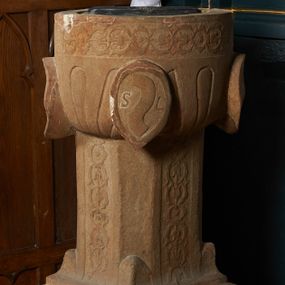
Baptismal font
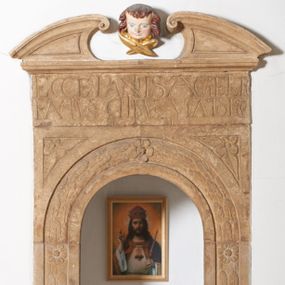
Ambry
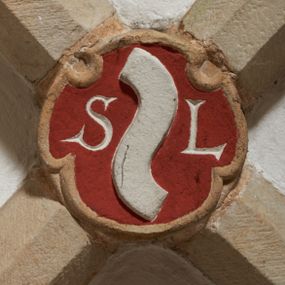
Architectural detail
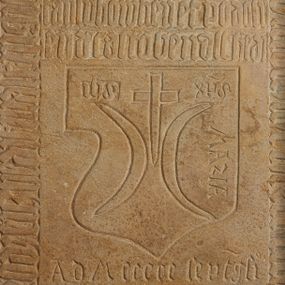
Tombstone
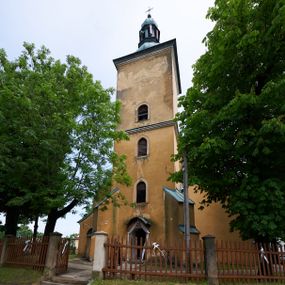
Church of the Discovery of the Holy Cross
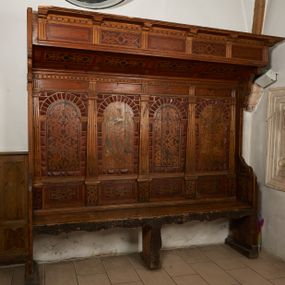
Choir-stall
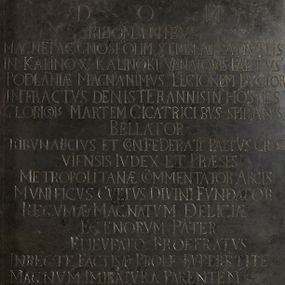
Epitaph plaque of Stanisław Samuel Kalinowski
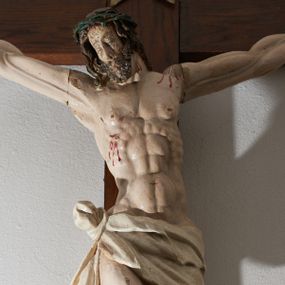
Crucifix

Crucifix
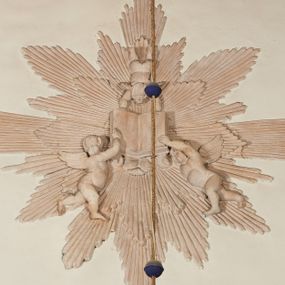
Stuccowork
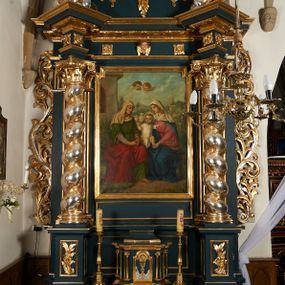
Left side altar
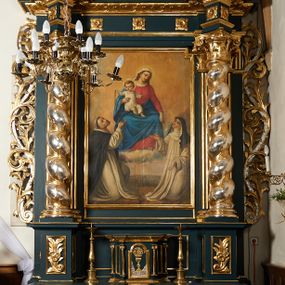
Right side altar
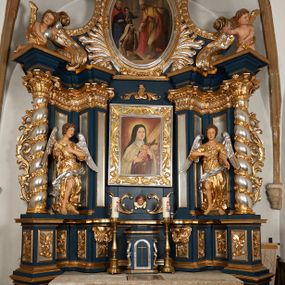
Altar in the side chapel

Pair of Angels
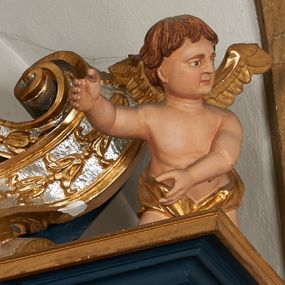
Pair of Angels

St. Anthony of Padua

St. Francis of Assisi

Resurrection of Piotrawin
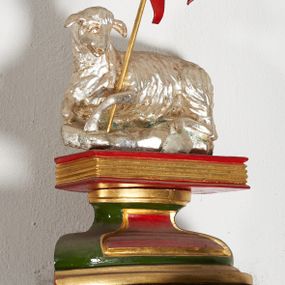
Lamb of God
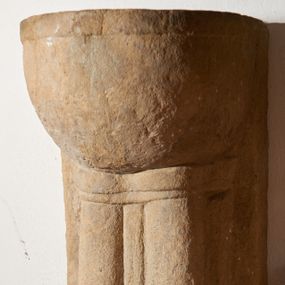
Stoup
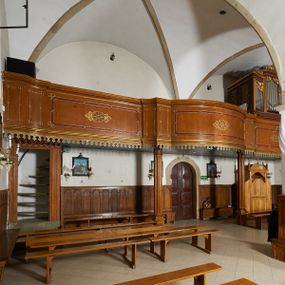
Music choir
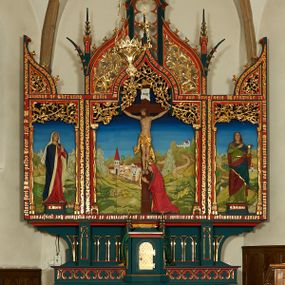
High altar
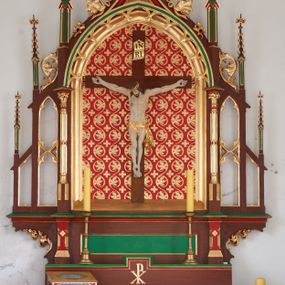
Altar in the cemetery chapel
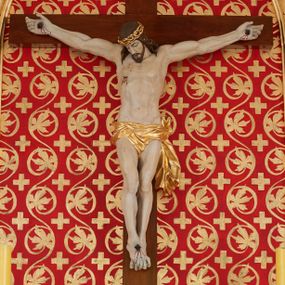
Crucifix

Our Lady of the Rosary

St. Virgin and Child with Saint Anne

The Most Sacred Heart of Jesus
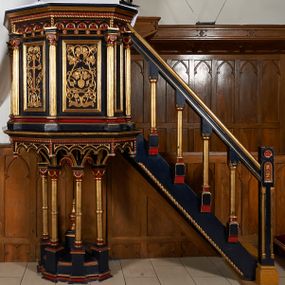
Pulpit

St. Thérèse of Lisieux

Ecce Homo type: Christ with St. John Cantius and St. Andrew Bobola
History abstract
Łazany, located near Wieliczka, date back to the 14th century. In the Middle Ages, they were owned by several knightly families: Niewiaromski, Krez, Dmosicki and Osiecki. In the mid-16th century, the entire estate was taken over by the Lubomirski family, whose prominent representative – Sebastian – founded a parish church in the village at the turn of the 16th and 17th centuries. The church had an extremely interesting architectural concept, heraldic sculptural detail and a burial chapel. In the following centuries, Łazany passed from the hands of the Kalinowski family to the hands of the Russocki family from Brzezie of the Zadora coat of arms, who held the village until the end of the period of old Poland. At the beginning of the 19th century the estate was taken over by Thomas Chromy von Ruhmfeld from Wieliczka, who built a classicistic manor house in the village. Around 1830, the estate was inherited by his son Dyzma, a participant of the November Uprising (1831) and the Cracow Uprising (1846). In the middle of the 19th century, Łazany became a base for insurgent troops and was hit by crop failure and cholera epidemic. From around 1850, subsequent parish priests dealt with the restoration and renovation of the parish church, often thanks to the support of the temple's collators (among others Adolf Lipowski from Lipowitz and Zdzisław Dunin Brzeziński). During World War I, the manor and the estate were occupied alternately by the troops of the changing front – Austrian or Russian. In the interwar period, further refurbishments were carried out, this time including the repairs of the farm buildings of the former manor farm. The next armed conflict went on in Łazany relatively peacefully, excluding only the disgraceful behaviour of the German police towards the local population.
Historic maps
How to cite?
Artur Karpacz, "Łazany", [in:] "The Sacred Lesser Poland Heritage", 2026, source: https://sdm.upjp2.edu.pl/en/places/lazany-1
